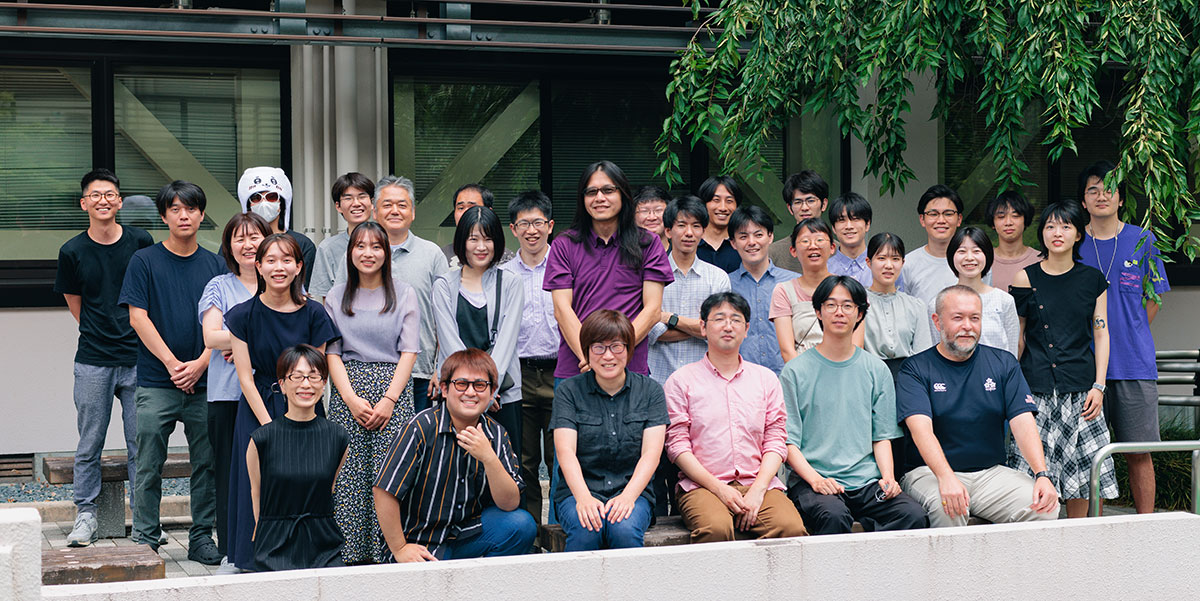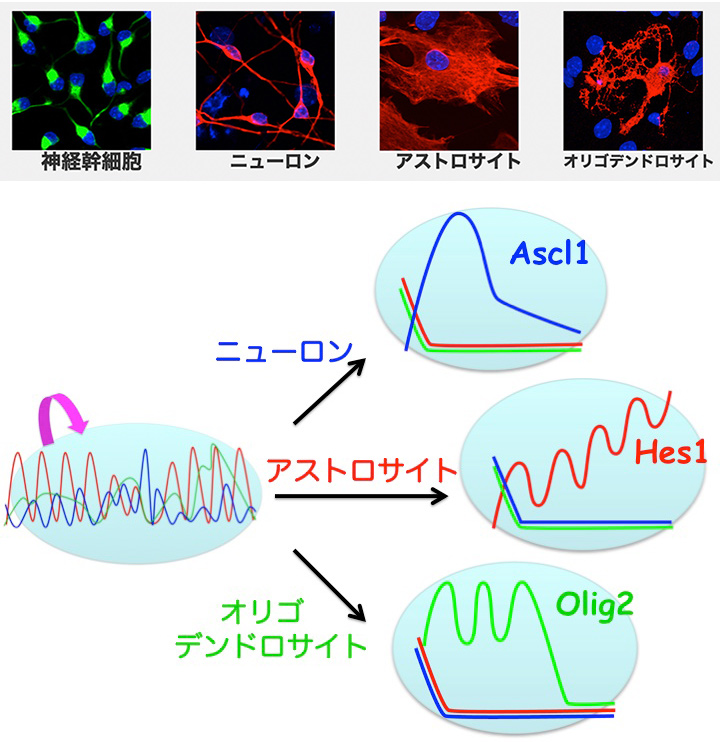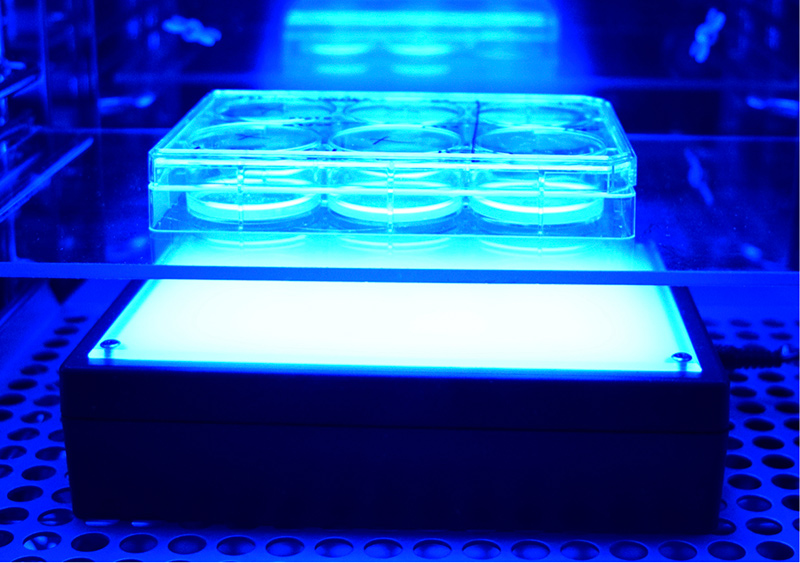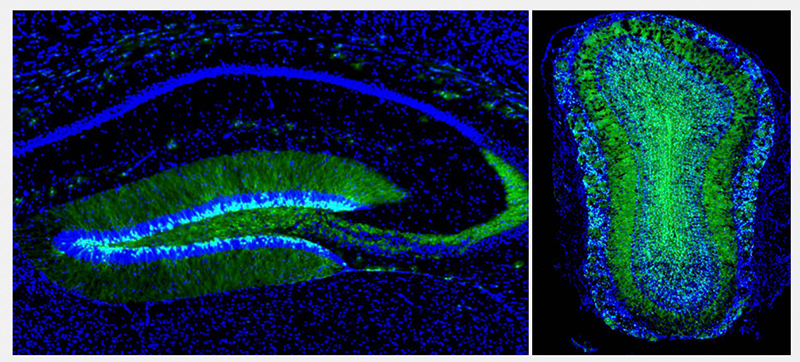
RESEARCH
Analysis of neural stem cells and neurogenesis using optogenetics, and applications to regenerative medicine
We aim to understand the cellular and molecular mechanism of the growth and fate-determination of neural stem cells in the developing and adult mammalian brain. We are also interested in the functional significance of postnatal/adult neurogenesis on higher brain functions, such as spatial learning/memory and olfactory-related behaviors. Our lab has expertise in the optical regulation of gene expression and neuronal activity, genetic manipulation of neural development and plasticity, and long-term monitoring of neural circuit plasticity in vivo with the two-photon microscope and brain endoscope.
Transcriptional control of neural stem cells
The mammalian brain consists of a complex ensemble of neurons and glial cells. Their production during development and remodeling is tightly controlled by various regulatory mechanisms in neural stem cells. Among such regulations, basic helix-loop-helix (bHLH) factors have key functions in the self-renewal, multipotency, and fate determination of neural stem cells. Here, we highlight the importance of the expression dynamics of bHLH factors in these processes. We propose the multipotent state correlates with oscillatory expression of several bHLH factors, whereas the differentiated state correlates with sustained expression of a single bHLH factor. We also developed new optogenetic methods that can manipulate gene expressions in neural stem cells by light. We used this technology to manipulate the growth and fate-determination of neural stem cells.

Light control of gene expression in cells
Taking advantage of the recent development of genetically-defined photo-activatable actuator molecules, cellular functions, including gene expression, can be controlled by exposure to light. Such optogenetic strategies enable precise temporal and spatial manipulation of targeted single cells or groups of cells at a level hitherto impossible. We develop light-controllable gene expression systems exploiting blue or red/far-red wavelengths and apply their inherent properties potentially affecting induced downstream gene expression patterns. We also try to develop optical devices that will extend the application of optical gene expression control technologies into many different areas of biology and medicine.

Neurogenesis in the postnatal/adult mammalian brain
Neurogenesis occurs throughout adulthood in the mammalian brain by coordinated proliferation and differentiation of adult neural stem cells. Newborn neurons are incorporated into the functional networks of both the olfactory bulb and the hippocampal dentate gyrus, suggesting significant roles of adult neurogenesis in brain functions. We aim to understand the functional significance of adult neurogenesis in higher brain functions such as learning and memory.




